
Phase-sequence detector II

No description available.
Related Circuits
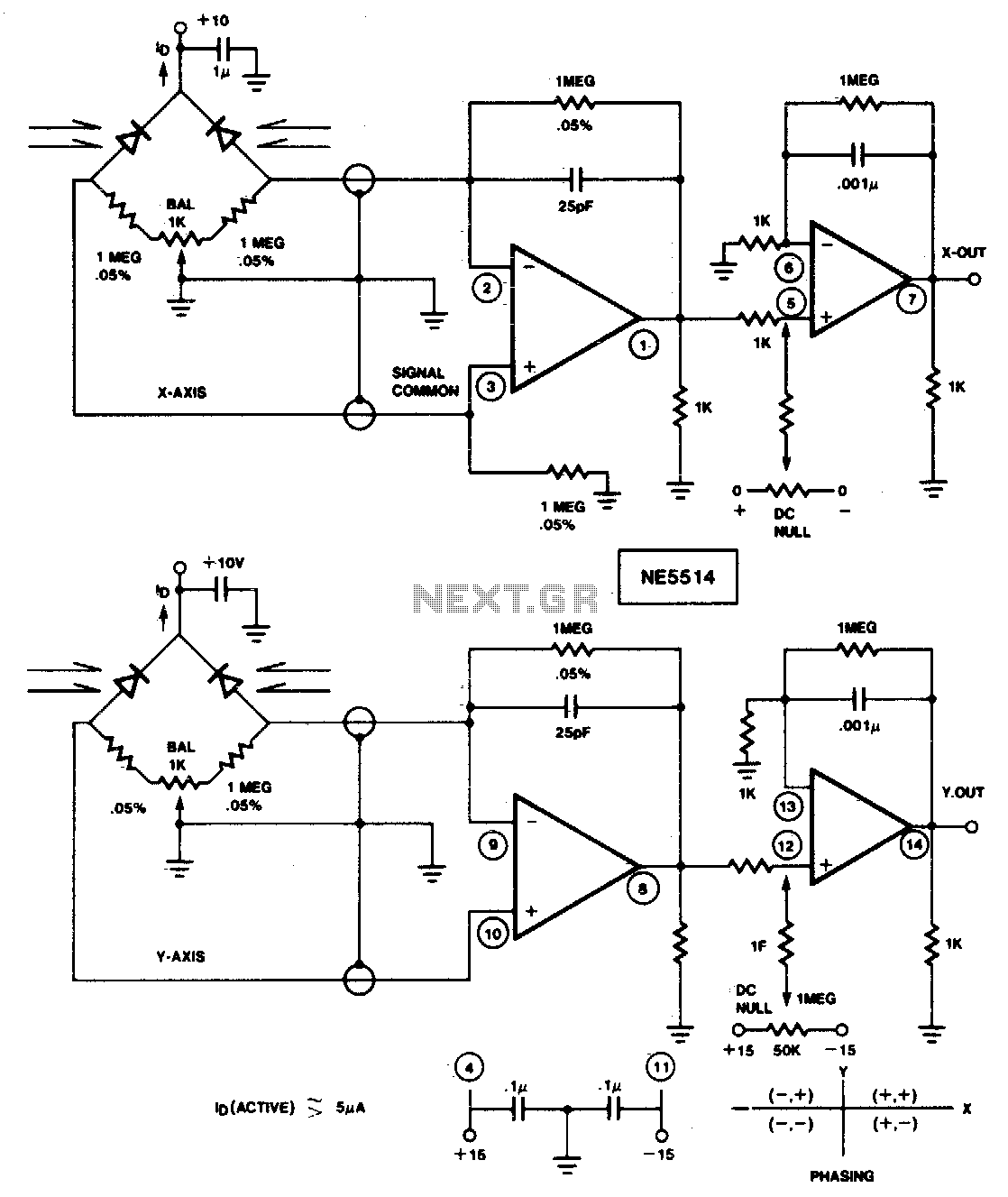
This circuit is designed to detect four-quadrant motion of a light source. By appropriately summing the signals from the X and Y axes, the resulting four-quadrant output can be utilized with an X-Y plotter, oscilloscope, or computer for simulation...
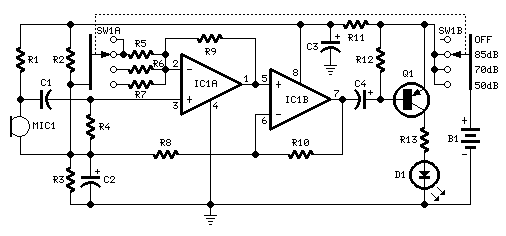
This circuit is designed to signal the exceeding of a fixed threshold in room noise through a flashing LED. Three fixed levels are selectable: 50, 70, and 85 dB. Two operational amplifiers provide the necessary gain for sounds captured...

This unit uses one TSAL6100 IR/LED emitter from Digi-Key. This IR diode has a narrow (10 degree) radiation pattern at 940 NM. It is driven via 2n2904 transistor for maximum current pulses. The detector is a Vishay TSOP4838 38Khz...
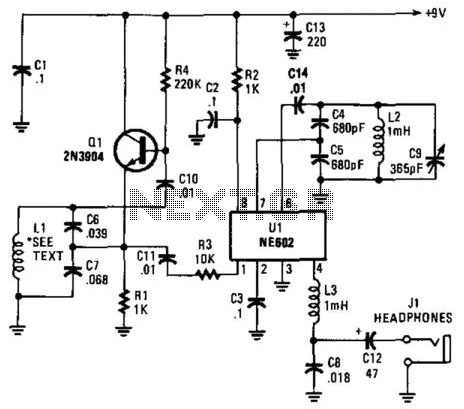
An NE602 functions as a heterodyne detector, while Q1 serves as a sense oscillator. When L1 is brought near metal, it induces a change in inductance, resulting in a shift in the resonant frequency of L1 and C6/C7. L1...
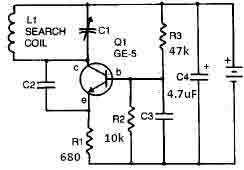
This metal detector circuit requires a power supply of 9 volts (DC) or a 9-volt battery. The circuit includes a variable capacitor C1 valued at 365 pF, a 100 pF silver mica capacitor C2, a 0.05 µF disc capacitor...
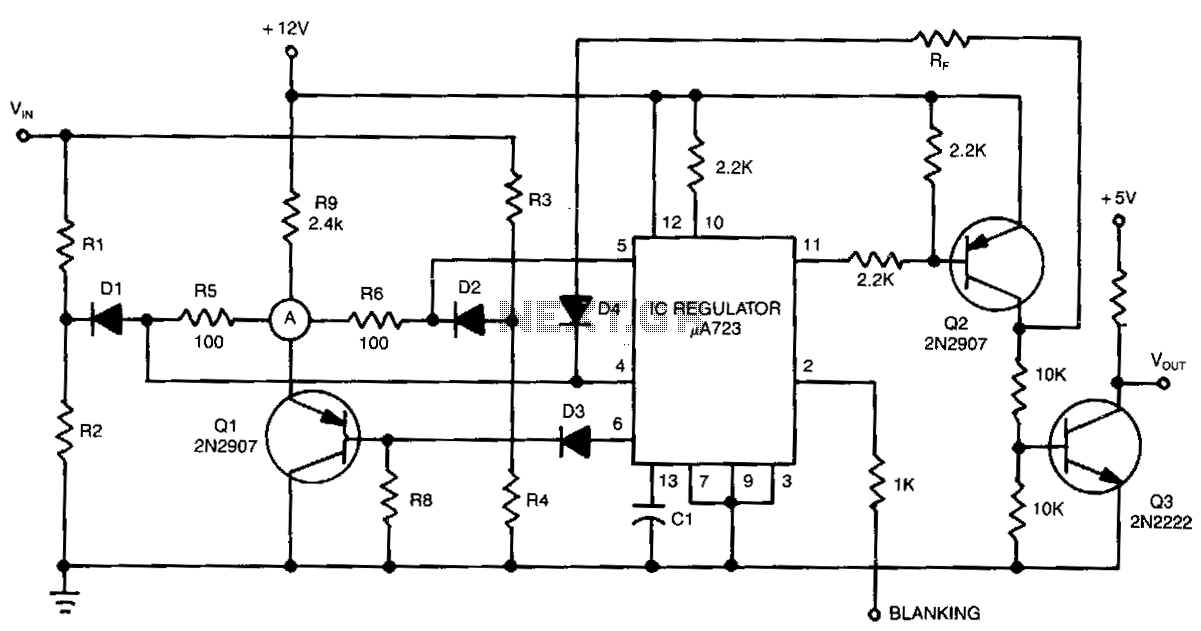
The detector circuit compares the output voltage of two separate voltage dividers with a fixed reference voltage. The resultant absolute error signal is amplified and converted to a logic signal that is TTL compatible. The described detector circuit serves as...
We use cookies to enhance your experience, analyze traffic, and serve personalized ads. By clicking "Accept", you agree to our use of cookies. Learn more